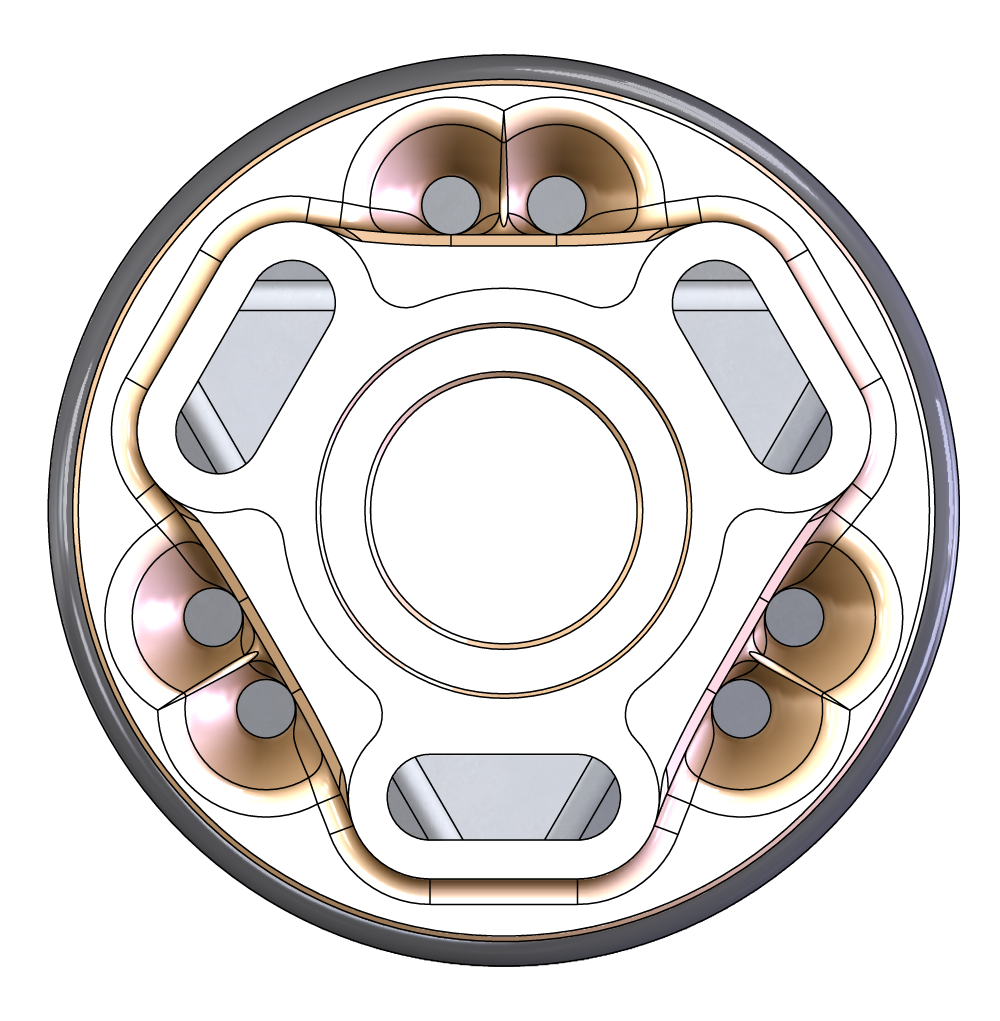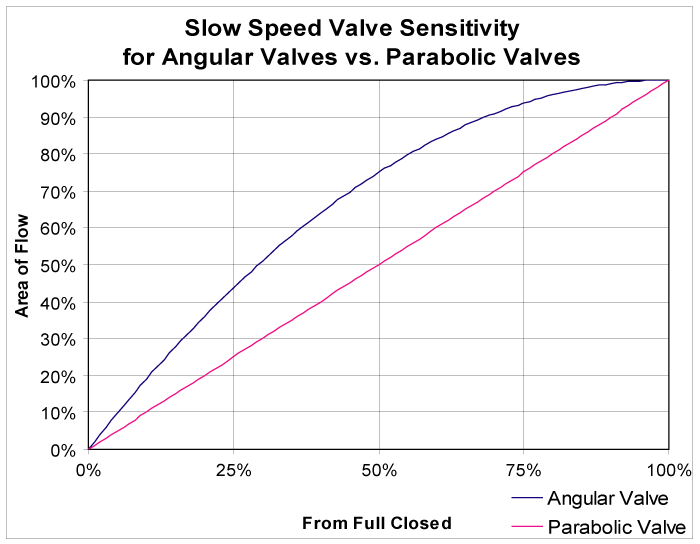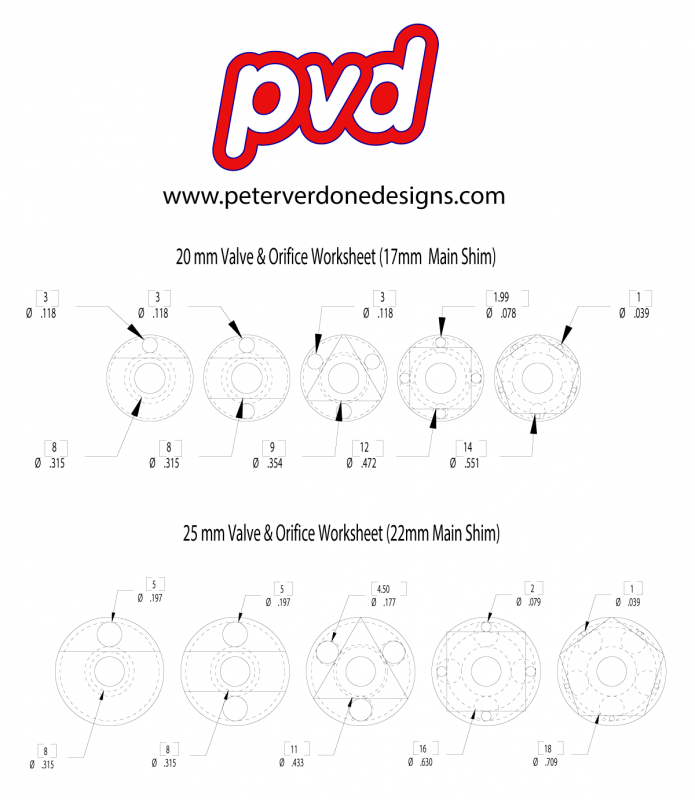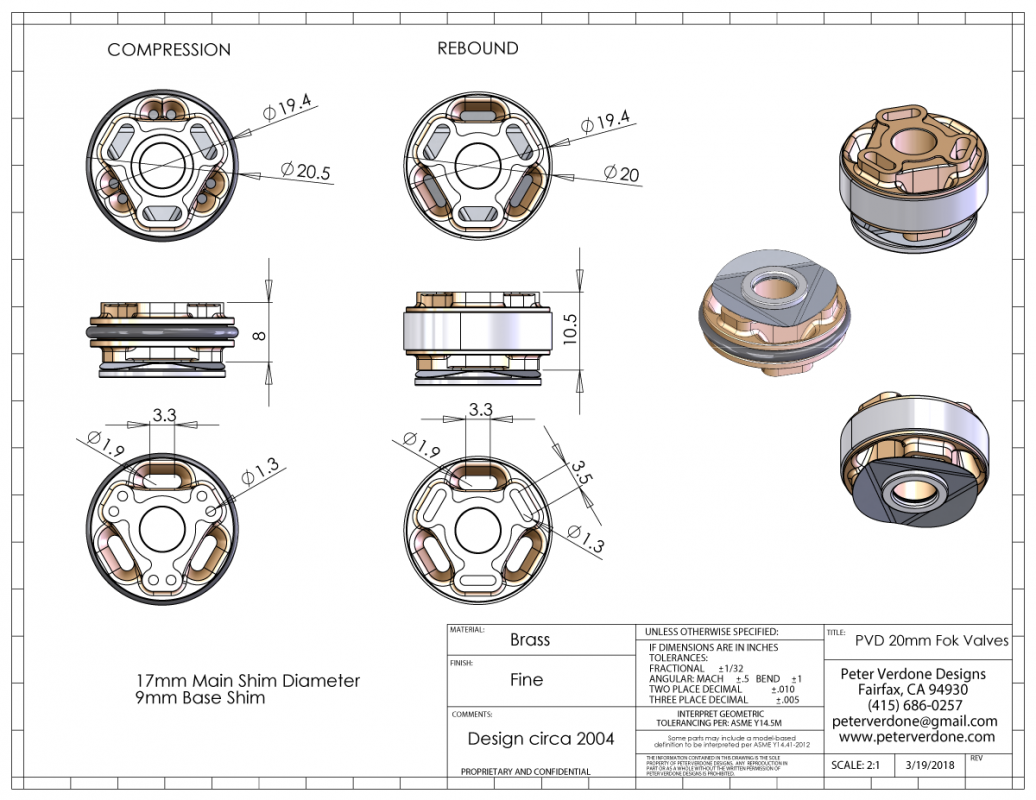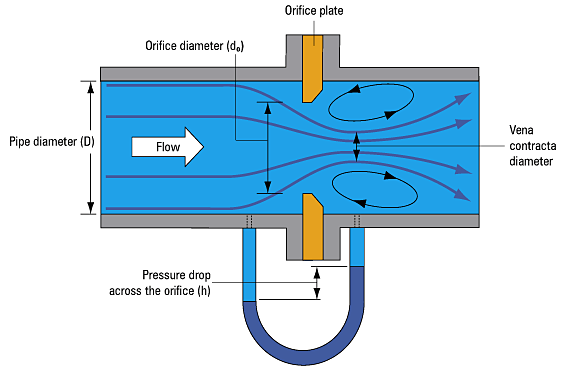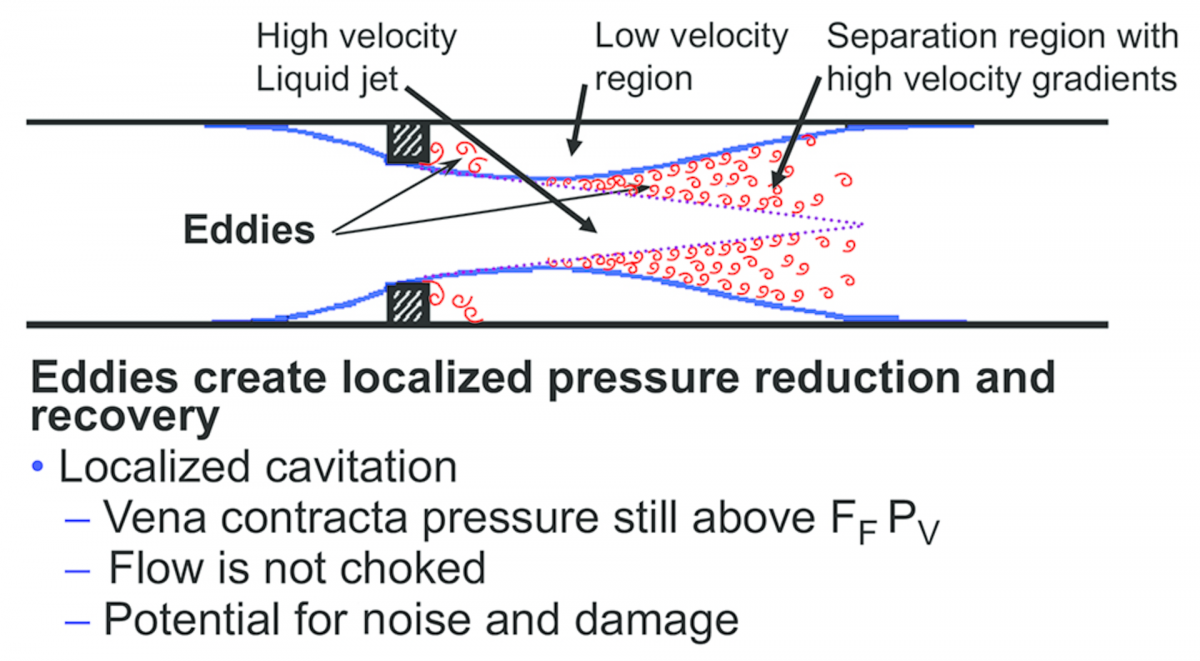I came across this design in my hard drive this weekend.
Back in 2004, I was elbow deep in suspension nerding. I was riding my sportbikes hard and tearing through tires. I probably had my forks apart twice a month for a year or so. The rear shock also. I was learning a lot.
Of course, I like to get things on paper as I learn. This is the result. I had looked into shim folding, port sizes, and how fluid moves at high speed through as system. I learned a lot about oil. I figured out that low speed adjusters needed to be parabolically shaped long before others starting talking about it.
The basic concept of parabolic valves for linearizing hydraulic adjustments. These may have been around before that era but I was the first person that I know that was talking about them in my purview. A simple and obvious design improvement in the low speed circuit.
Doing some basic geometry calculations for orifice configurations on the piston. Obviously, three ports gives the most range with port sizes but may over work the shims. Four ports reduces shim deflection.
I was trying to have these valves machined by a friend with a dyno and some top pro AMA riders. This kind of stuff is all nice until it jumps off the desk and hits the ground, then it needs real measurement and testing. That wasn’t coming together so the project went to mothballs. It was a shame as the valves still look great.
Much of the design was to give predictable response by reducing the vena contracta created by the orifice plate. Thanks Torricelli. Focus was put on how fluid would move through the valve up to the shim face. Keeping that as smooth as possible means that damping can be controlled truly by changes in the port area and the shim at any flow speed rather than varying with flow speed. Changing variables are hard to tune around.
The best lesson of all my learning….good tires and correct springs with adequate rebound damping are the greatest components of all. Fancy shim stacks can never make up for these parts being wrong.

